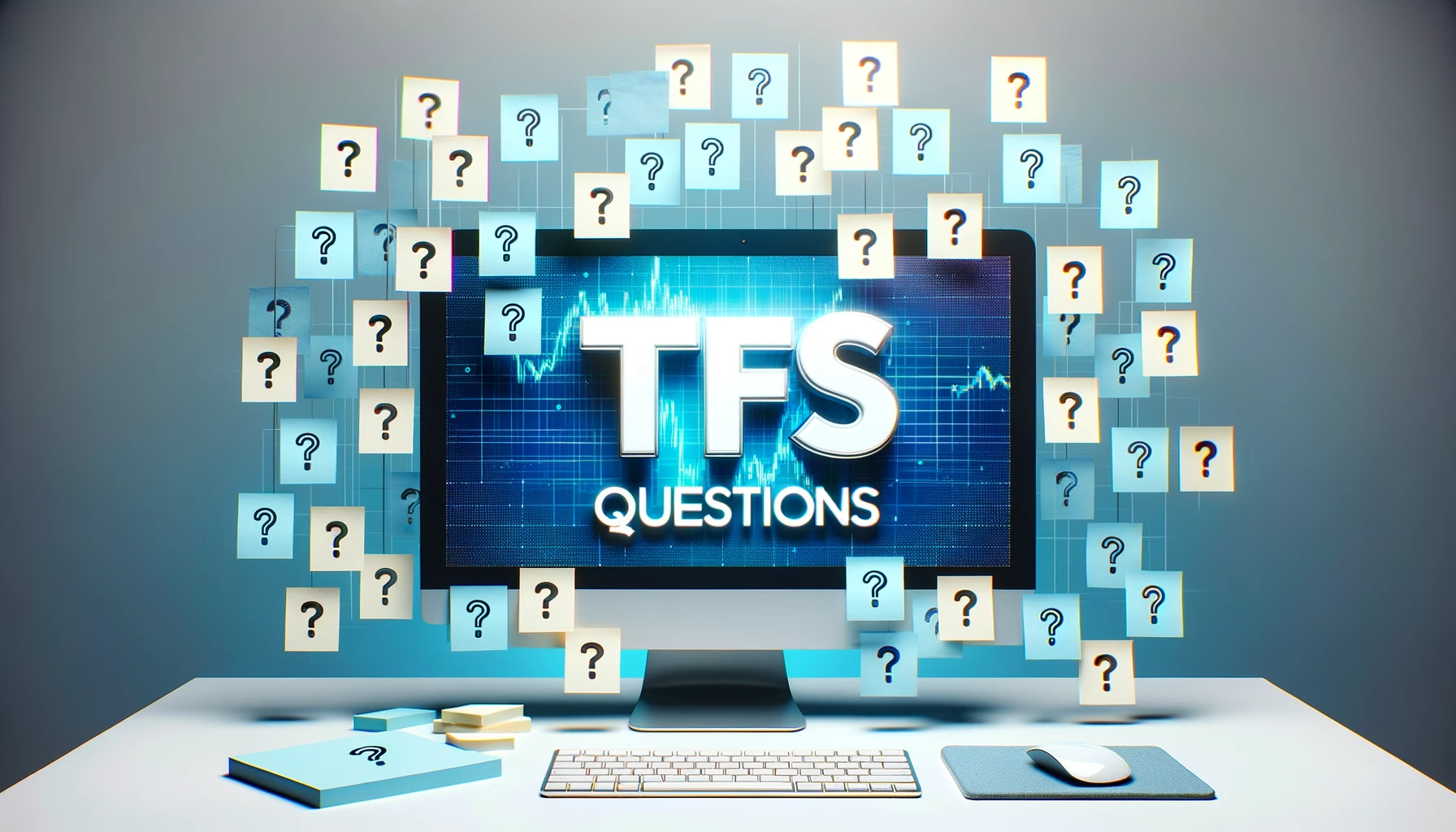
WebSocket is an important technology for real-time applications that you might work on as a C# .NET developer. Below are 20 key concepts related to WebSocket API architecture, each with an explanation and a C# example.
1. Connection Handshake
The WebSocket connection starts with an HTTP handshake to switch the protocol from HTTP to WebSocket.
// Using System.Net.WebSockets;
ClientWebSocket ws = new ClientWebSocket();
await ws.ConnectAsync(new Uri("ws://localhost:8080"), CancellationToken.None);2. Full Duplex Communication
WebSocket allows two-way communication between the client and server.
// Sending message await ws.SendAsync(buffer, WebSocketMessageType.Text, true, CancellationToken.None); // Receiving message await ws.ReceiveAsync(new ArraySegment<byte>(recvBuffer), CancellationToken.None);
3. Data Framing
WebSocket messages are divided into frames, facilitating real-time data handling.
// Frame processing is usually abstracted by the library
4. Ping/Pong Mechanism
The ping/pong mechanism helps keep the connection alive.
await ws.SendAsync(new ArraySegment<byte>(pingBuffer), WebSocketMessageType.Ping, true, CancellationToken.None);
5. Message Types
WebSocket supports different message types like Text and Binary.
WebSocketMessageType messageType = WebSocketMessageType.Text;
6. Asynchronous Programming
WebSocket API generally supports async operations for non-blocking behavior.
await ws.ReceiveAsync(new ArraySegment<byte>(buffer), CancellationToken.None);
7. Subprotocols
WebSocket supports different subprotocols for custom behaviors.
ws.Options.AddSubProtocol("soap");8. Data Compression
WebSocket supports data compression to reduce bandwidth usage.
// This is generally handled by the library
9. Connection Close
Properly closing the WebSocket connection is crucial.
await ws.CloseAsync(WebSocketCloseStatus.NormalClosure, "Close", CancellationToken.None);
10. Error Handling
Error handling during WebSocket operations is essential.
try {
// WebSocket operation
} catch (WebSocketException e) {
// Handle exception
}11. Back-Pressure Handling
Handling back-pressure is essential for high-load scenarios.
// Custom logic to throttle data sending
12. Rate Limiting
Setting rate limits can protect against abuse.
// Implement custom rate-limiting logic
13. Authorization
Securing WebSocket endpoints is crucial.
ws.Options.SetRequestHeader("Authorization", "Bearer YOUR_TOKEN");14. Connection Reuse
Reusing WebSocket connections can improve performance.
// WebSocket connections are generally long-lived
15. Multiplexing
WebSocket does not natively support multiplexing but it can be implemented.
// Custom logic to share a single WebSocket connection
16. Message Queueing
Using message queues can help in distributing tasks.
// Integrate with existing message queues like RabbitMQ
17. Load Balancing
WebSocket connections can be load-balanced.
// Usually handled by a load balancer and not directly in C#
18. Keep Alive Mechanism
Implementing a keep-alive mechanism ensures that the connection remains active.
// Regularly send ping frames
19. Cross-Origin Security
WebSocket also has to deal with same-origin policy issues.
// Usually handled in server settings
20. Connection Monitoring
Monitoring WebSocket connections is crucial for debugging and scaling.
// Use third-party monitoring tools or custom logic
Pros and Cons
Pros:
- Low Latency: Ideal for real-time applications.
- Two-way communication: Full duplex communication.
- Efficient: Reduces overhead compared to HTTP long polling.
Cons:
- Complexity: Requires a deeper understanding than REST APIs.
- Limited Browser Support: Older browsers may not support it.
- No Built-in Features: Things like rate-limiting, multiplexing need to be implemented manually.
This is a comprehensive overview and should give you a strong grasp of the architecture’s key aspects.
RELATED POSTS
View all


